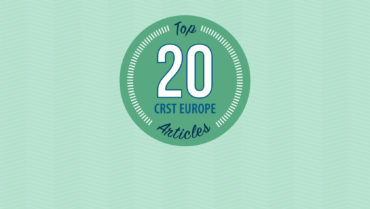2006
January « A 5-Minute, $15 Cure for Blindness
By DAVID F. CHANG, MD
Description: Reducing the backlog of cataract blindness is a formidable challenge. Surgical systems such as those established at Aravind Eye Hospital in Madurai, India, and Tilganga Eye Center in Kathmandu, Nepal, are the most promising, efficacious, and cost-effective means to eradicate cataract blindness in developing countries.
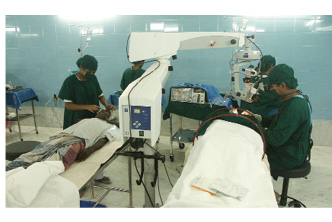
September « Sir Harold Ridley
By DAVID J. APPLE, MD
Description: The author describes the story and legacy of Sir Harold Ridley, the inventor of the IOL. He describes how Ridley’s original lens implant, “inarguably one of the most important innovations in the history of ophthalmology and a blessing to society,” was widely criticized and how it finally gained acceptance.
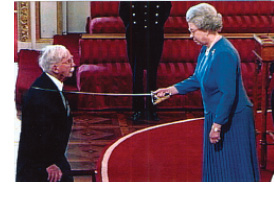
September « My Phaco Odyssey in London: 27 Years and Going Strong!
By RICHARD B.PACKARD,MD,FRCS,FRCOphth
Description: The author recounts his phaco journey, from first seeing phacoemulsification performed by Robert Azar and Eric Arnott in 1978, through the introduction of foldable IOL styles and phaco techniques, the invention of the capsulorrhexis, and the development of microcoaxial phaco technology. Despite the many advances, he says, “The exciting thing for me is that this is still work in progress.”

September « Aravind Eye Care System
By R.D. RAVINDRAN, MD; AND R.D. THULASIRAJ
Description: The model pioneered by the Aravind Eye Care System in Madurai, India, has proven to be one of the most effective programs for addressing the enormous backlog of blindness in India and has since been exported for use in other developing nations. In this system, nominal payments made by patients who can afford to pay for surgery are used to subsidize the cost of surgery for those who cannot afford to pay.

September « The Genesis of Phacoemulsification
By CHARLES D. KELMAN, MD
Description: Writing shortly before his death in March 2004, the author outlines the process by which he developed phacoemulsification, the technique and technology that would go on to revolutionize cataract surgery. He describes the moment of inspiration sitting in his dentist’s chair; the resistance he experienced from the elders of his profession; and the assistance of a fictional physician, TV’s Marcus Welby, MD, in finally gaining acceptance for his radical idea.
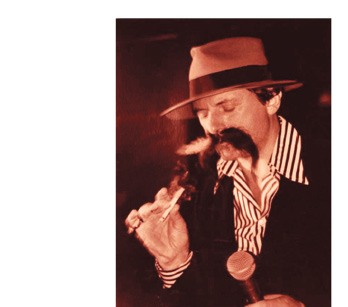
2007
April « IOL Power Calculations After LASIK and PRK BY GIACOMO SAVINI, MD; KENNETH J. HOFFER, MD, FACS; AND MAURIZIO ZANINI, MD
Description: The ideal method of calculating IOL power after corneal refractive surgery should provide the clinician with the correct corneal power measurement, independent of the availability of perioperative data. Such a method does not exist yet, but this article reviews the many other methods available, along with descriptions of their pluses and minuses.

September «From Keratomileusis to LASIK: A Short History
By LUCIO BURATTO, MD
Description: Keratomileusis was a truly unique operation: It was the first time that part of an organ was removed, modified, and replaced in its original position. A series of innovations from this original corneal refractive procedure led to greater refinement; the incorporation of lasers; and, finally, to LASIK and other modern refractive surgical procedures. Today, flying spot lasers deliver smooth, customized ablations tailored to the individual without the need for a blade.

September « José Ignacio Barraquer: The Father of Refractive Surgery
By JOAQUÍN BARRAQUER, MD, FACS, FRCOphth
Description: One member of this multigenerational, transoceanic ophthalmic family describes the contributions of his famous sibling, the inventor of keratomileusis and keratophakia. José Barraquer laid the foundation for LASIK and other modern forms of corneal refractive surgery with the development of his techniques for altering the shape of the human cornea.
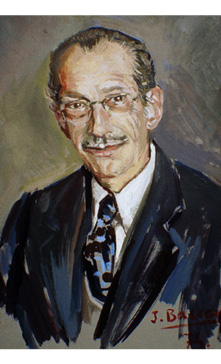
September « The Advent of Excimer Refractive Surgery
By STEPHEN L.TROKEL,MD
Description: Twenty years after he first aimed an excimer laser at a cornea, one of the developers of laser refractive surgery reflects on subsequent progress. Excimer laser surgery, which began as a hotly contested hypothesis, has developed into a widely accepted approach used to correct refractive errors in millions of patients.
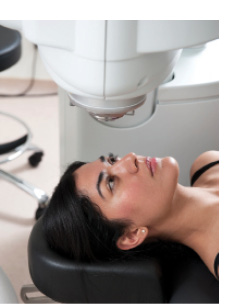
2008
September « Lessons From the ESCRS Study on Endophthalmitis Prophylaxis
By PETER BARRY, FRCS
Description: The landmark ESCRS Endophthalmitis Study unequivocally demonstrated the efficacy and safety of intracameral cefuroxime as prophylaxis against endophthalmitis in cataract surgery. With almost 16,000 patients enrolled, it also helped to establish the true incidence of endophthalmitis: 0.05% in patients receiving cefuroxime in the study, versus 0.35% in those who did not receive perioperative antibiotics.
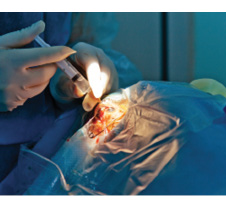
November « The History of the Capsulorrhexis Technique
BY HOWARD V. GIMBEL, MD
Description: The original impetus for development of a continuous curvilinear capsulorrhexis was to avoid the multiple capsular tears used in can-opener techniques, which could extend to the equator or to the posterior capsule. However, the strength of the circular opening brought added benefits, including the ability to disassemble the lens in the capsule, to clean off lens epithelial cells and prevent posterior capsular opacification, and to perform optic capture in the event of capsular rupture.

November « Resident Training: What is Refractive Cataract Surgery?
BY MARIE-JOSÉ TASSIGNON, MD, PhD, FEBO
Description: When educating residents about refractive cataract surgery, it is best to be forthright about the limits of indications for refractive lens exchange. The teacher must be sure residents understand that refractive lens exchange is not suited for all patients and urge them to select candidates who are willing to be patient with the process
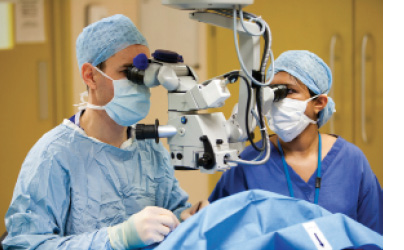
2009
June « Sutureless Intrascleral Posterior Chamber IOL Fixation
BY GABOR B. SCHARIOTH, MD; AND DIEGO DE ORTUETA, MD, FEBO
Description: As an alternative to transscleral suturing or gluing, a posterior chamber IOL may be fixated to the sulcus through permanent incarceration of the haptics. This sutureless technique avoids complications associated with suturing IOLs to the ciliary sulcus. It also enables the surgeon to easily recenter the IOL.
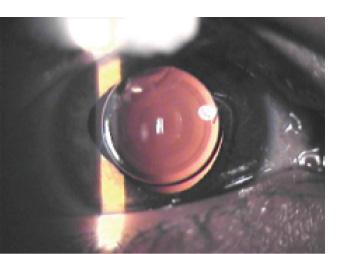
2011
January « The Future of Corneal Collagen Crosslinking
ARTHUR B. CUMMINGS, MB ChB, FCS(SA), MMed(Ophth), FRCS(Edin); SHERAZ M. DAYA, MD, FACP, FACS, FRCS(Ed), FRCOphth; A. JOHN KANELLOPOULOS, MD; ANTONIO LECCISOTTI, MD, PhD; MICHAEL MROCHEN, PhD; ROY S. RUBINFELD,MD;THEOSEILER,MD,PhD;ALEKSANDERSTOJANOVIC,MD;ANDWILLIAMB.TRATTLER,MD
Description: Also selected by Dr. Cummings, this article follows the preferred techniques of nine leaders in CXL.
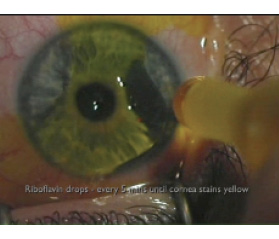
2013
May «Operating Under Pressure
By ARTHUR B. CUMMINGS, MB ChB, FCS(SA), MMed(Ophth), FRCS(Edin); CHRISTOPHER GORMAN, BSc, MB ChB(Hons), FRCOphth; AND ROSS HALL, BSc, MSc, CPsychol
Description: Successful eye surgery is completed with small, fine, precise, specific, well-controlled, and deliberate movements; that is, to use a golf analogy, in putting mode. Like a golfer, a surgeon must learn to suppress adrenaline in stressful situations. Careful surgical preparation can help the surgeon deal better with stress.
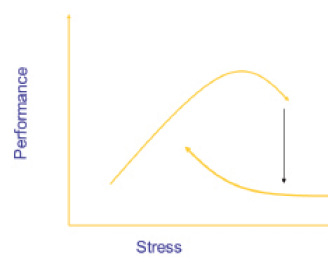
2015
February « The Pursuit of Happiness and Learning to be Grateful
By ARTHUR B. CUMMINGS, MB ChB, FCS(SA), MMed(Ophth), FRCS(Edin)
Description: Everyone strives for happiness, yet it is not clear how to achieve it. Ophthalmologists spend the greatest part of their lives in a profession filled with opportunities to create happiness for their patients. As Dr. Cummings writes, “Perhaps, for ourselves, happiness can start with being grateful: grateful for our jobs, our families, and our health.”

February « Outcomes Analysis in a Clinical Setting
By NOEL ALPINS, FRANZCO, FRCOphth, FACS; AND GEORGE STAMATELATOS, BSc OPTOM
Description: Analyzing surgical outcomes using a systematic approach can help to validate physician adjustments. Analyses should be performed at the corneal plane and on data collected at least 1 month postoperatively. Nomograms should be adjusted any time new equipment or new techniques are adopted.
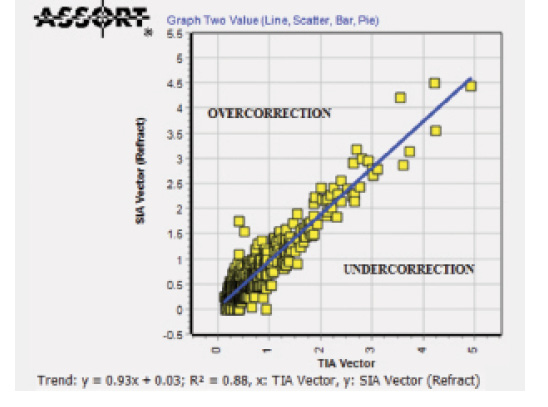
October « The Evolution of the Capsulotomy
By RICHARD PACKARD, MD, FRCS, FRCOphth
Description: Also selected by Dr. Cummings, the article traces the history of the capsulotomy, from the 18th century to today’s sophisticated methods.
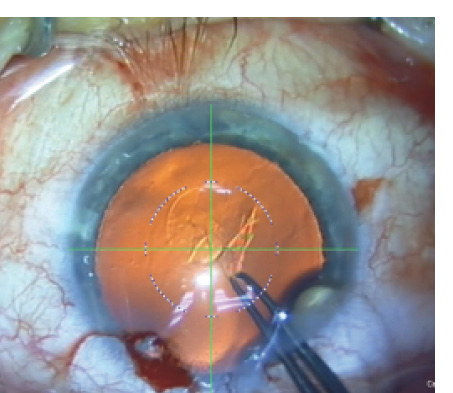
November/December « TBrain Power
By ARTHUR B. CUMMINGS, MB ChB, FCS(SA), MMed(Ophth), FRCS(Edin)
Description: Ophthalmologists are mainly preoccupied with the anatomic parts of the eye, but the brain is also an important component of vision. Neuroplasticity, the ability of the brain to make new connections and take on new functions, will have important roles in vision care in the future, the author predicts. Mental exercises or new drugs may serve as software updates for the brain, expanding its potential.

2016
July/August « Top 10 Ways to Grow Your LASIK Volume
BY ERIC D. DONNENFELD, MD
Description: Despite extensive clinical experience and success with LASIK, the procedure’s reputation has eroded, in part because of several myths in circulation today. The truth is that LASIK is the safest, most successful, and most widely studied elective procedure in the world, with the highest patient satisfaction rate of any elective procedure.



